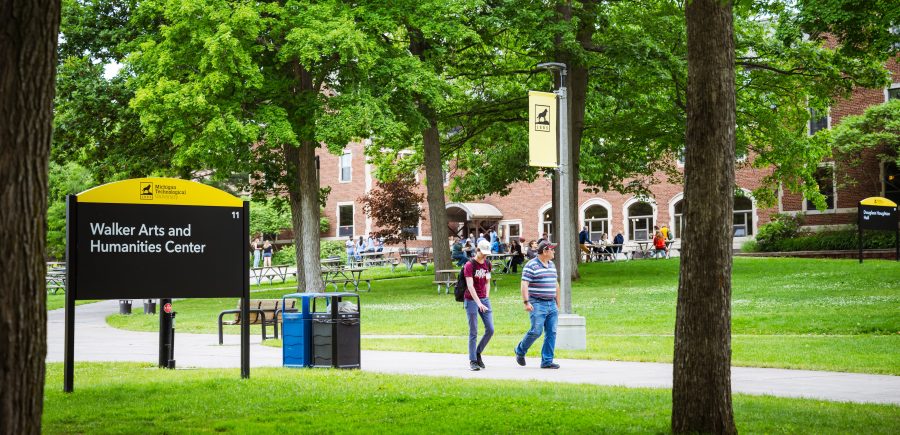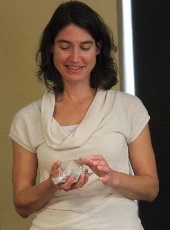The College of Sciences and Arts announces nine new faculty appointments for this academic year. These faculty bring a wide variety of knowledge and skills to the College, our students, and our research. Their individual areas of expertise include dark-room photography, photonics characterization techniques, human-AI interactions, political science and jazz history. Please join us in welcoming these Huskies to their new positions!
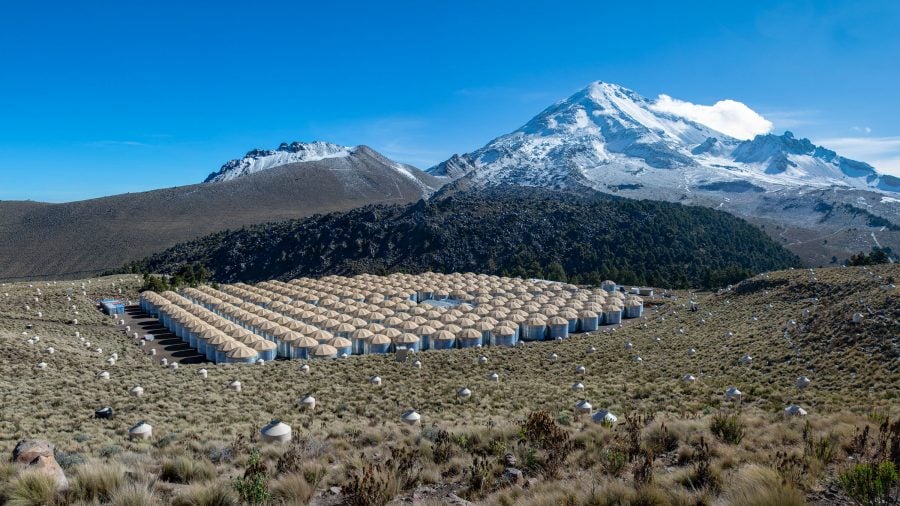
When postdoctoral scholar Xiaojie Wang of the Michigan Technological University Physics Department went looking for her next research topic, she found a previously unexplored region and a path to publication.
Wang is lead corresponding author of the article, “Ultra-High-Energy Gamma-Ray Bubble around Microquasar V4641 Sgr” recently published in Nature journal. The findings highlighted in the article offer new insights into how microquasars might contribute to the cosmic-ray energy spectrum—a long-standing puzzle in astrophysics.
“While reviewing the sky maps in search of my next project, I noticed a region five degrees away from our galactic plane with bright emissions that had not been visible in previous datasets,” said Wang, who works with Petra Huentemeyer, a distinguished professor of physics at Michigan Tech. “No gamma-ray source has been identified nor analyzed in this region—so I seized the opportunity and led the analysis.”
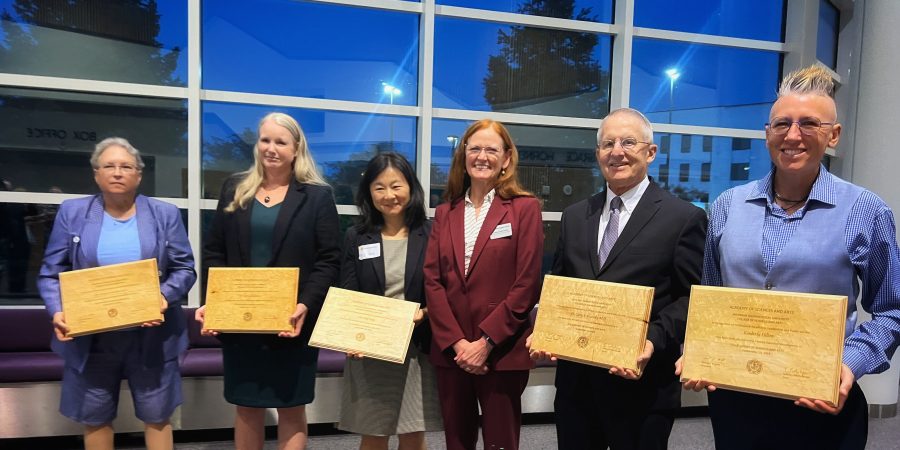
at the College of Sciences and Arts Academy induction ceremony on Sept. 19. (Image courtesy Kelly Steelman).
Earlier this fall, the Michigan Tech College of Sciences and Arts (CSA) gathered to celebrate the induction of five remarkable and accomplished alumni into the CSA Academy.
Dean LaReesa Wolfenbarger hosted the ceremony honoring these alumni and their contributions to a better tomorrow, which run the gamut from advancing scientific discovery to serving the nation and their communities through defense readiness, healthcare, education, and public engagement.
This year’s CSA Academy inductees are Kimberly Hilton; Gary A. Karicky M.D.; Leann Nitschke, M.D.; Carly Robinson; and Ping Yang.
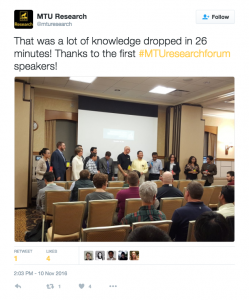 On Thursday, November 10, 2016, several researchers gave two minute presentations for the inaugural TechTalks session of the Michigan Tech Research Forum. Seven of the 13 researchers presented work from CSA disciplines, including the Distinguished Lecture:
On Thursday, November 10, 2016, several researchers gave two minute presentations for the inaugural TechTalks session of the Michigan Tech Research Forum. Seven of the 13 researchers presented work from CSA disciplines, including the Distinguished Lecture:
- Steven Elmer– Department of Kinesiology and Integrative Physiology, Exercise As a Form of Medicine
- Yang Yang – Department of Mathematical Sciences, Numerical Methods for Partial Differential Equations
- Selin Philip – Department of Coginitive and Learning Sciences, Creating a Culture of Better Mental/Behavioral Health among the American Indians in the Keweenaw
- Loredana Valenzano– Department of Chemistry, Molecules, Surfaces, Crystals: A Quantum Chemical Quest from Fundamentals to Applications.
- Nabanita Saikia – Department of Physics, Emergent Frontiers in 2D Nanomaterials for Biomolecular Recongition and Self-Assembly.
- Lynn Mazzoleni– Department of Chemistry, Introducing the New 2D-Liquid Chromatograph and High-Resolution Mass Spectrometer in the Chemical Advanced Resoulation Methods (ChARM) Core Facility at Michigan Tech.
- Tarum Dam – Department of Chemistry, Enriching Health-Related Research Through Glycobiological Approaches.
Michigan Tech Research Forum events are presented by the Office of the Provost and Vice President for Academic Affairs in coordination with the Office of the Vice President of Research. Additional TechTalks sessions are coming up in Spring 2017. Interested in nominating yourself or others? Use this online form.
Browse the Twitter conversations in “TechTalks 2016: Take One,” by Allison Mills.
Richelle Winkler gave the inaugural Michigan Tech Research Forum Distinguished Lecture on Thursday, October 13 at 4:00 p.m. in the Memorial Union Alumni Lounge. She discussed Making Research Matter: Democratizing Science and Other Lofty Goals.
Professor Hugh Gorman nominated Winkler, an associate professor of sociology and demography, for “community engaged scholarship” that extends across the Michigan Tech campus. Examples of Winkler’s projects include examining the feasibility—social and technical—of using mine water for geothermal heating systems in Calumet and examining the social, economic, and technical aspects of improving recycling in Houghton County. Both projects involve students and community members, and both have real impact in the communities. Winkler also conducts research on the changing demographics of anglers and hunters—and the implications for policy. She presented on this subject at the Department of Biological Sciences last spring.
